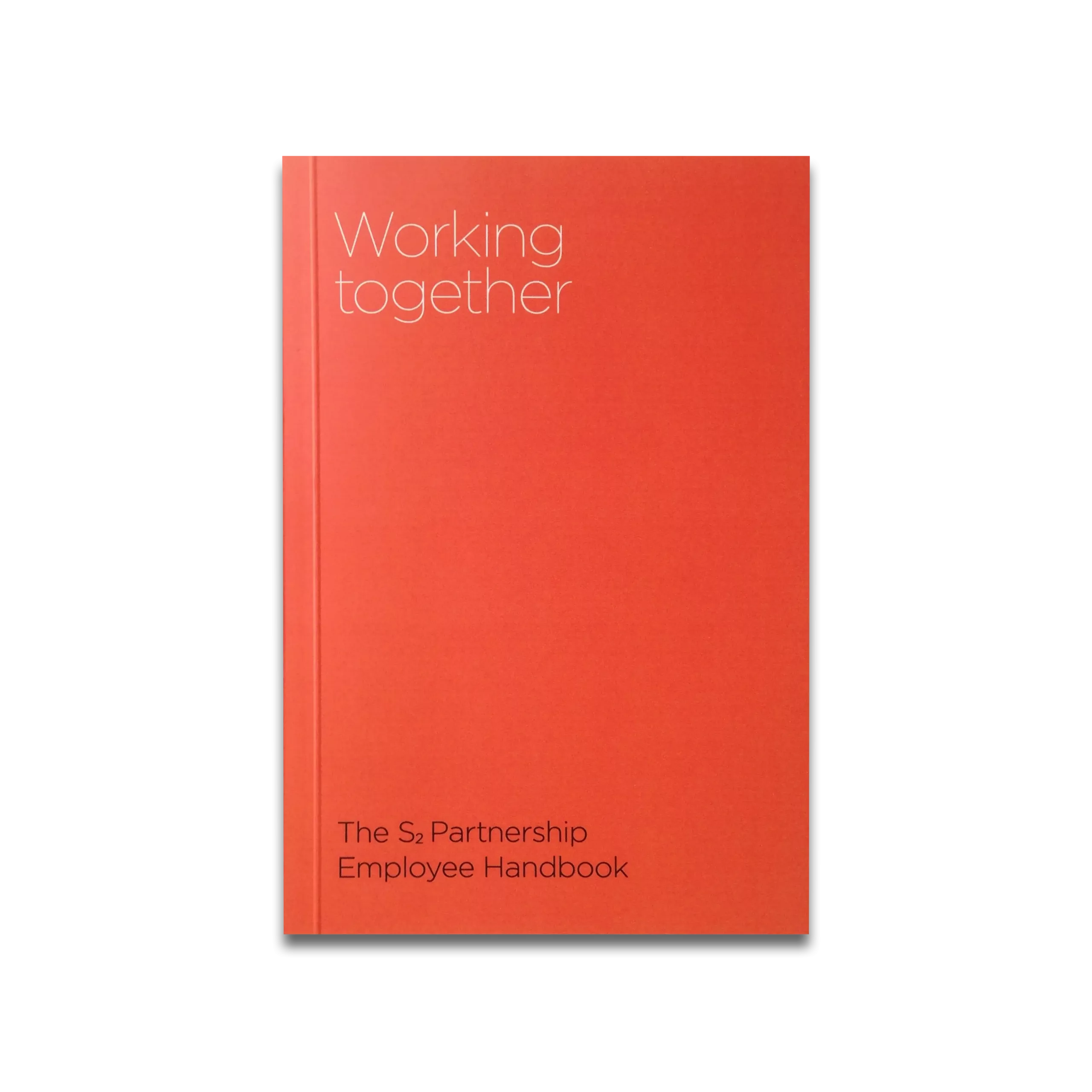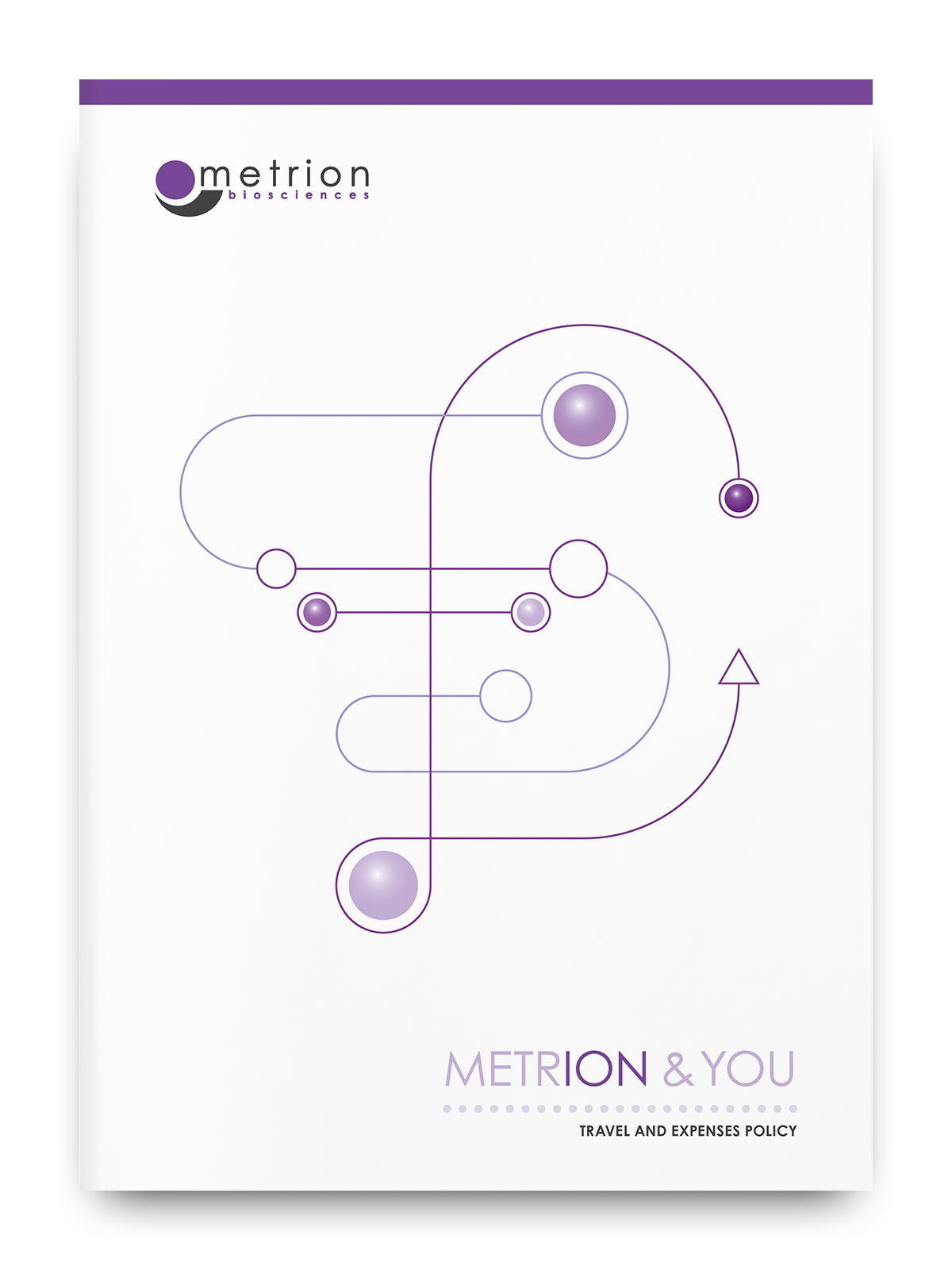Internal Communications
How to Maximise Your Internal Communications Success
How to Maximise Your Internal Communications Success with Proven Strategies, Tools, and Materials
Let’s look at the two most important elements behind internal communication. The first is technological change, and the second is a shift toward a more remote working style with dispersed employees. Both phenomena have significant ramifications that may drastically transform the workplace as we know it. Yet, they also have the potential to make internal communications teams crucial for achieving high levels of productivity and organisational success.
The business world has been going through a technology revolution for some time, and it’s easy to be distracted by the quick pace of change. In fact, there are so many new tools at our disposal that we might not know where to start in using them effectively. A recent survey from Voxburner found that nearly 60% of marketers were struggling with the sheer volume of tools they had to choose from.
This massive supply-demand mismatch is only going to get worse; new technologies emerge every day, and it’s up to internal communication teams to stay current in order for their companies to keep moving forward. One way we can do that is by looking for hidden potential in new tools; it’s often not immediately clear how a tool can be applied to internal communications, and we may need to take some time before we hit on the right idea.
For instance, Slack is typically thought of as an auxiliary tool for facilitating team communication. But it can also be used for performance management-type discussions between managers and employees, or for holding one-on-one meetings. This is just one example of the kind of innovative thinking we need to be demonstrating in order to stay relevant and competitive.
The business world has been going through a technology revolution for some time, and it’s easy to be distracted by the quick pace of change. In fact, there are so many new tools at our disposal that we might not know where to start in using them effectively. A recent survey from Voxburner found that nearly 60% of marketers were struggling with the sheer volume of tools they had to choose from.
This massive supply-demand mismatch is only going to get worse; new technologies emerge every day, and it’s up to internal communication teams to stay current in order for their companies to keep moving forward. One way we can do that is by looking for hidden potential in new tools; it’s often not immediately clear how a tool can be applied to internal communications, and we may need to take some time before we hit on the right idea.
For instance, Slack is typically thought of as an auxiliary tool for facilitating team communication. But it can also be used for performance management-type discussions between managers and employees, or for holding one-on-one meetings. This is just one example of the kind of innovative thinking we need to be demonstrating in order to stay relevant and competitive.

Case Study - S2 Partnership
Employee Handbook
Read more

Internal Communications
What is the Impact of Technology in the Workplace?
When you stop and think about it, the sheer volume of technology that affects organisations across the world is remarkable. According to The World Economic Fund’s The Future of Jobs Report, 85% of businesses are investing in new technologies, including:
- Cloud technology
- Artificial intelligence (AI)
- Machine Leaning (ML)
- Automation
- Big data analytics
Companies will be more efficient, extend their markets, and compete in a world increasingly populated by digital natives as a result of these developing technologies.
It’s predicted that, by 2024, 200 million new jobs may be created when robotics and algorithms are employed together, with 90 million existing positions being destroyed. Communications experts must develop a comprehensive workforce plan to maintain balance during this period of change and transition. However, the opportunity for employees and businesses to thrive is immense.
Now is a good time to focus on the employee experience.
Employees’ ability to (and desire to) achieve key organisational goals is crucial to the success of any initiative. This is especially true during a rapid digital transformation. If the majority of workers feel disconnected from the company and do not know why decisions are being made, the company’s program is likely to fail. Strong internal communications enable and sustain change.
It’s predicted that, by 2024, 200 million new jobs may be created when robotics and algorithms are employed together, with 90 million existing positions being destroyed. Communications experts must develop a comprehensive workforce plan to maintain balance during this period of change and transition. However, the opportunity for employees and businesses to thrive is immense.
Now is a good time to focus on the employee experience.
Employees’ ability to (and desire to) achieve key organisational goals is crucial to the success of any initiative. This is especially true during a rapid digital transformation. If the majority of workers feel disconnected from the company and do not know why decisions are being made, the company’s program is likely to fail. Strong internal communications enable and sustain change.

Case Study - Metrion Biosciences
Internal communications design for this niche Ion Channel CRO
Read more
Internal Communications
What is Internal Communication?
Internal communications are the process of keeping employees close and up to date on everything that’s going on in their department and the company. Internal communication is essential for informing and connecting workers with a company’s latest initiatives, establishing a voice of authority and trust to combat gossip and facilitating clear, simple communications among different departments.
Being an excellent internal communicator isn’t merely about one-way communication or issuing directives from the top down. On the other hand, great internal communicators give workers a voice and engage with them on the ground level.
Being an excellent internal communicator isn’t merely about one-way communication or issuing directives from the top down. On the other hand, great internal communicators give workers a voice and engage with them on the ground level.
How do you get started?
As part of your overall corporate communications plan, consider developing a formalised process for communicating internally. It should include clear roles and responsibilities, processes, metrics, reporting requirements, training needs, and ongoing maintenance.
You’ll find many examples online, but below are some key considerations when creating an internal communications framework.
You’ll find many examples online, but below are some key considerations when creating an internal communications framework.
Applying design thinking to information design for Apptio
Find out how we applied the design principles of good reporting to help the internal teams to communicate their requirements clearly.
Read more

Our Approach
Peek’s Steps To Creating an Internal Communication Strategy
There are three key areas where internal communications should start:
- Define Your Goals
- Understand How People Communicate Today
- Develop Strategies That Will Drive Successful Change
STEP 1
Defining Your Goals
Communications professionals often struggle when trying to define their role within the broader context of the corporate culture. In order to succeed, internal communicators must first identify their own personal values and beliefs.
Once you’ve identified those core principles, it will help you determine how best to communicate with others inside your organisation. For example, if you believe strongly in transparency, then you may want to make sure all information flows freely throughout the entire business. If you’re more concerned with protecting intellectual property, then you might choose to limit access to certain documents.
Once you’ve identified those core principles, it will help you determine how best to communicate with others inside your organisation. For example, if you believe strongly in transparency, then you may want to make sure all information flows freely throughout the entire business. If you’re more concerned with protecting intellectual property, then you might choose to limit access to certain documents.
STEP 2
Understanding How People Communicate Today
The world we live in today is very different than the one our parents grew up in. We have instant messaging apps like Slack, Facebook Messenger, WhatsApp, etc., as well as social media platforms such as LinkedIn, Instagram, TikTok, YouTube, Twitter, Reddit, Quora, Pinterest, Google and the list keeps growing.
These tools allow us to connect instantly with people around the globe at any time of day. And while these new technologies can certainly provide convenience, there’s no denying that they also create challenges for companies looking to manage employee communications effectively.
For instance, employees now expect immediate responses to questions posed via text message, email, chat, video call, phone calls, and even social media posts. This means that managers need to respond quickly to issues raised by team members, whether it’s during lunch break or after hours. But this same immediacy creates problems because it makes it difficult to track conversations between individuals across multiple channels.
These tools allow us to connect instantly with people around the globe at any time of day. And while these new technologies can certainly provide convenience, there’s no denying that they also create challenges for companies looking to manage employee communications effectively.
For instance, employees now expect immediate responses to questions posed via text message, email, chat, video call, phone calls, and even social media posts. This means that managers need to respond quickly to issues raised by team members, whether it’s during lunch break or after hours. But this same immediacy creates problems because it makes it difficult to track conversations between individuals across multiple channels.
STEP 3
Developing Strategies That Will Drive Successfully Changing Culture
If you look closely at most organisations, you’ll find a lot of similarities. They tend to share similar goals, vision statements, mission statements, and organisational structures. However, each company operates differently based on its unique set of circumstances. As an internal communication professional, you play a critical role in helping your employer navigate through change. You need to understand how your organisation works so you can develop strategies that drive successful cultural transformation.
How Peek Can Help
We can support your internal comms objectives by designing materials and internal documents, creating an intranet, employee handbooks.
"Internal communications is the lifeblood that nurtures a thriving organisational culture. It is the art of sharing knowledge, aligning goals, and fostering collaboration within your company. Communicate with transparency, clarity, and authenticity, ensuring that information flows freely and is readily accessible to all team members. Embrace a variety of channels, both digital and in-person, to foster meaningful connections and create a sense of belonging. Listen actively and encourage two-way communication, valuing the input and ideas of every individual.
Remember, effective internal communications not only disseminate information but also inspire engagement, foster a shared sense of purpose, and empower your team to deliver their best work. By nurturing a culture of open communication, you cultivate a united and resilient organisation that thrives on collaboration, innovation, and collective success."
Remember, effective internal communications not only disseminate information but also inspire engagement, foster a shared sense of purpose, and empower your team to deliver their best work. By nurturing a culture of open communication, you cultivate a united and resilient organisation that thrives on collaboration, innovation, and collective success."
Steve Creamer, MD, Peek Creative